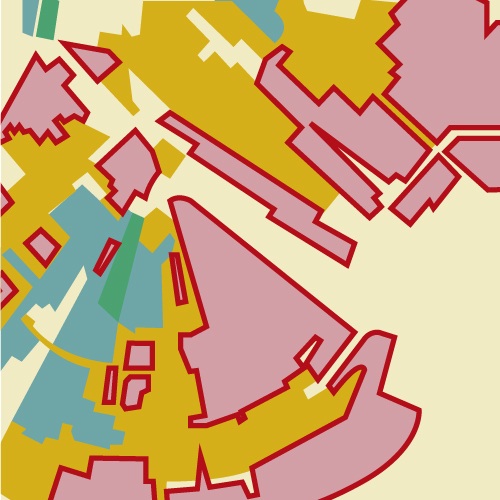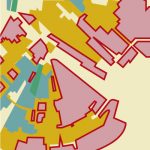
The histories of slavery and segregation have not only left distinctions between the economic and social realities of people of different races in the United States, but have literally shaped the geography and environments we live in. Racial identities of different communities and geographies are as obvious as any other physical attributes of the community. Not only to they shape the character and culture of communities, but continued geographic segregation has resulted in health crises and facilitated mass incarceration, particularly in Black communities.
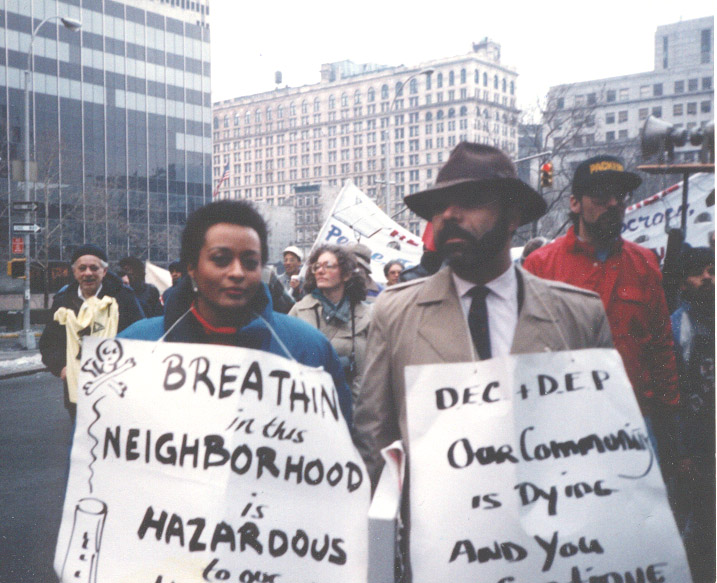
In this episode of CRT2 (Critical Race Theory / Columbia Race Talks) features two interviews: one with Stephanie Cooper, Vice President of Rise St. James, an environmental justice activist group based in the infamous Cancer Alley region of Louisiana; the other with Flores Forbes, writer, urban planner in New York City for decades, and is currently an associate vice president in the Office of Government and Community Affairs, Columbia University.
They both discuss their experiences with environmental racism, modern day segregation, and efforts by police and other authorities to intimidate and even incarcerate Black community-members.
We will also cover how the commonsense and historical understandings of the racial identity of place are not recognized in the law. The color-blind constitution allows governments and decisionmakers to use geography and space to place society’s pollution burden on Black communities.
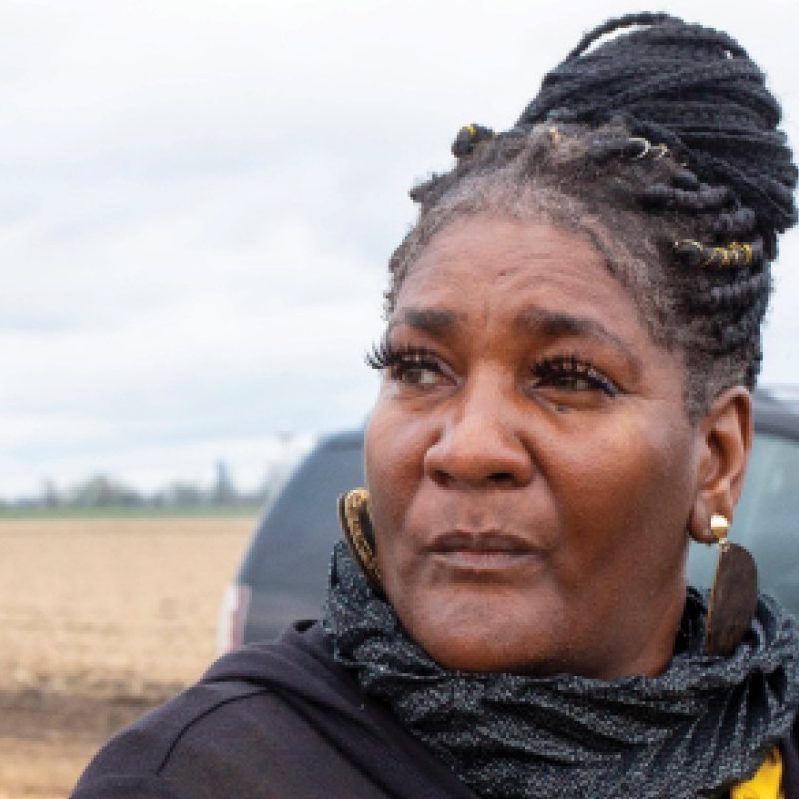

Selected Images & Quotes
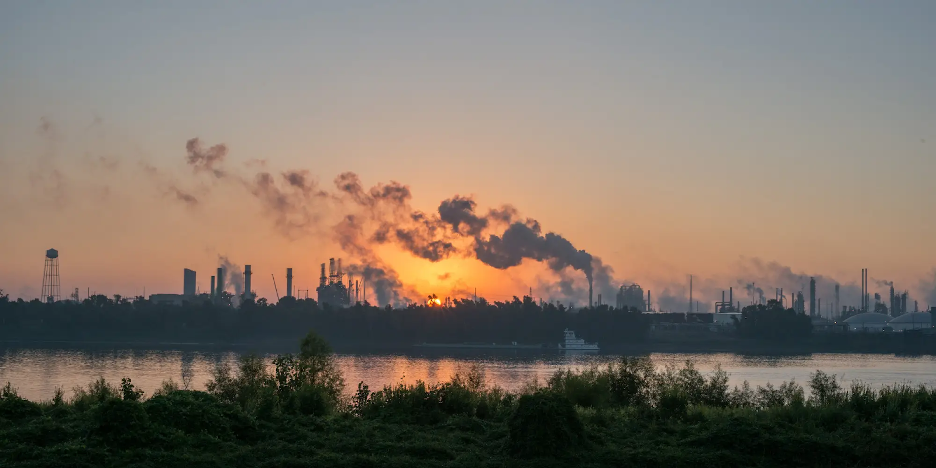
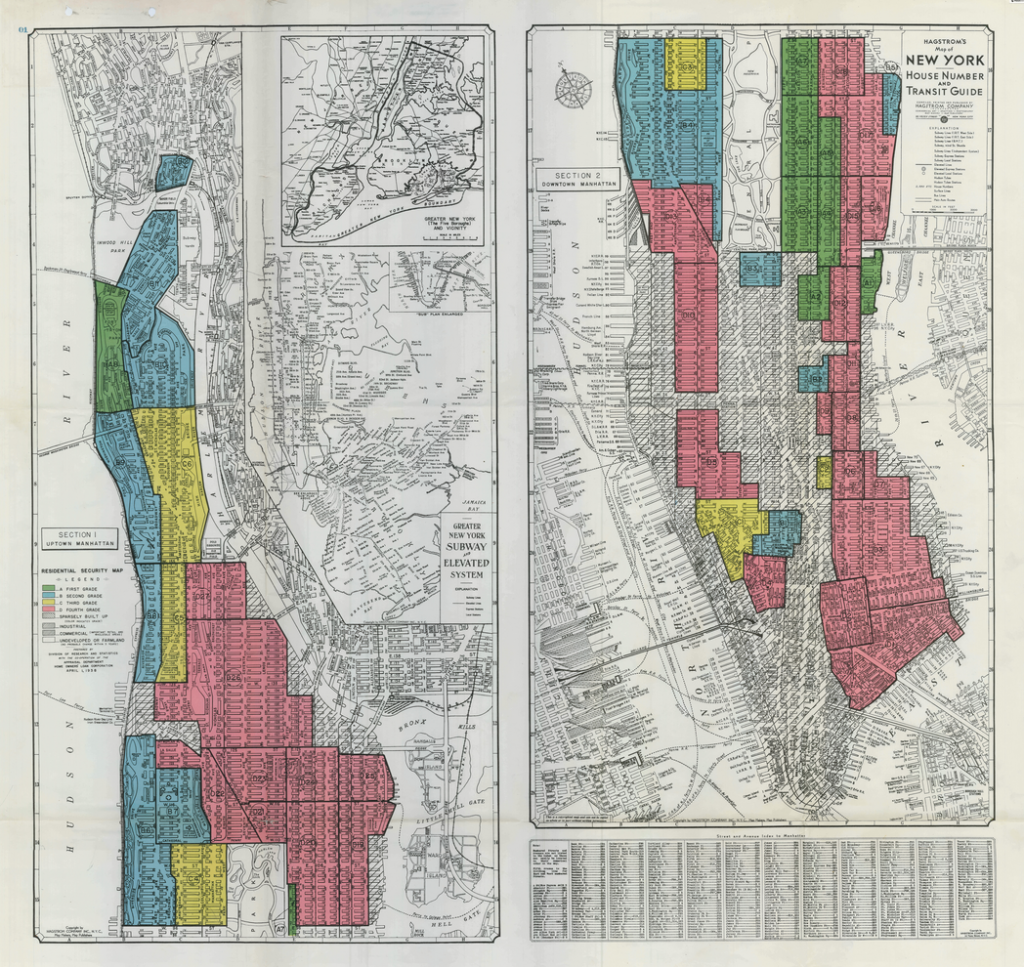
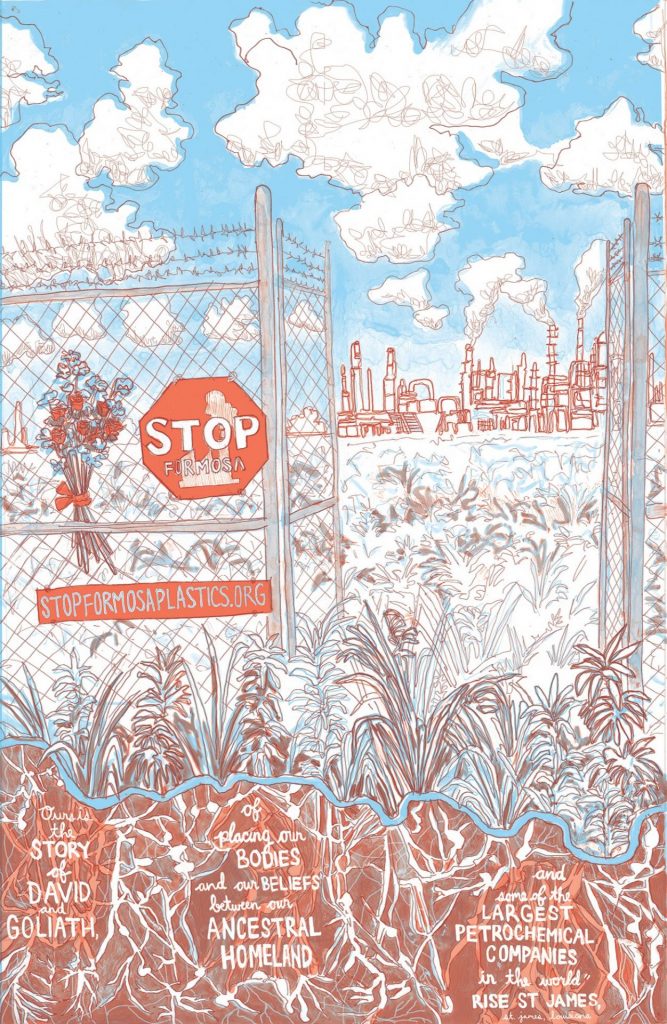
If you take an aerial view, and begin to talk with anyone who has eyes, it will be obvious to them that race is [what’s] going on.
Stephanie Cooper
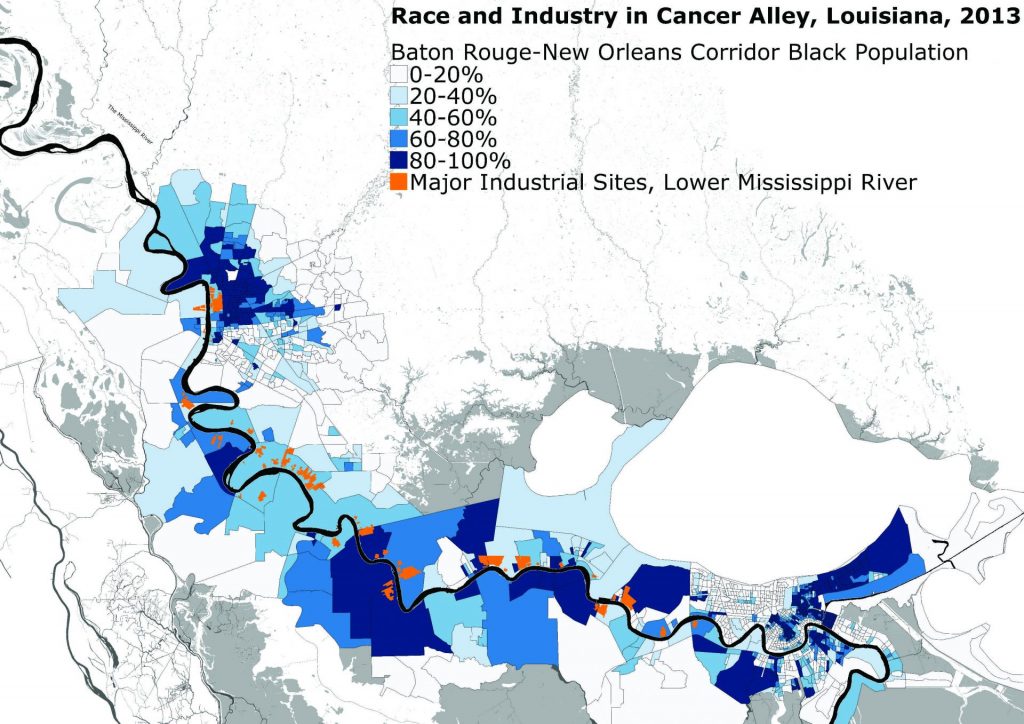

Source: Julie Dermansky and Sharon Kelly, 2020
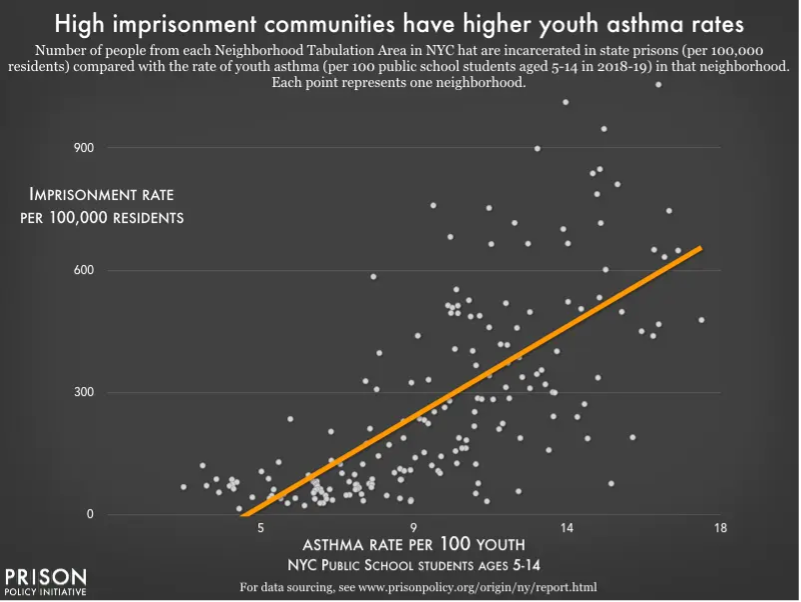
White supremacy controls the urban planning process still
Flores Forbes

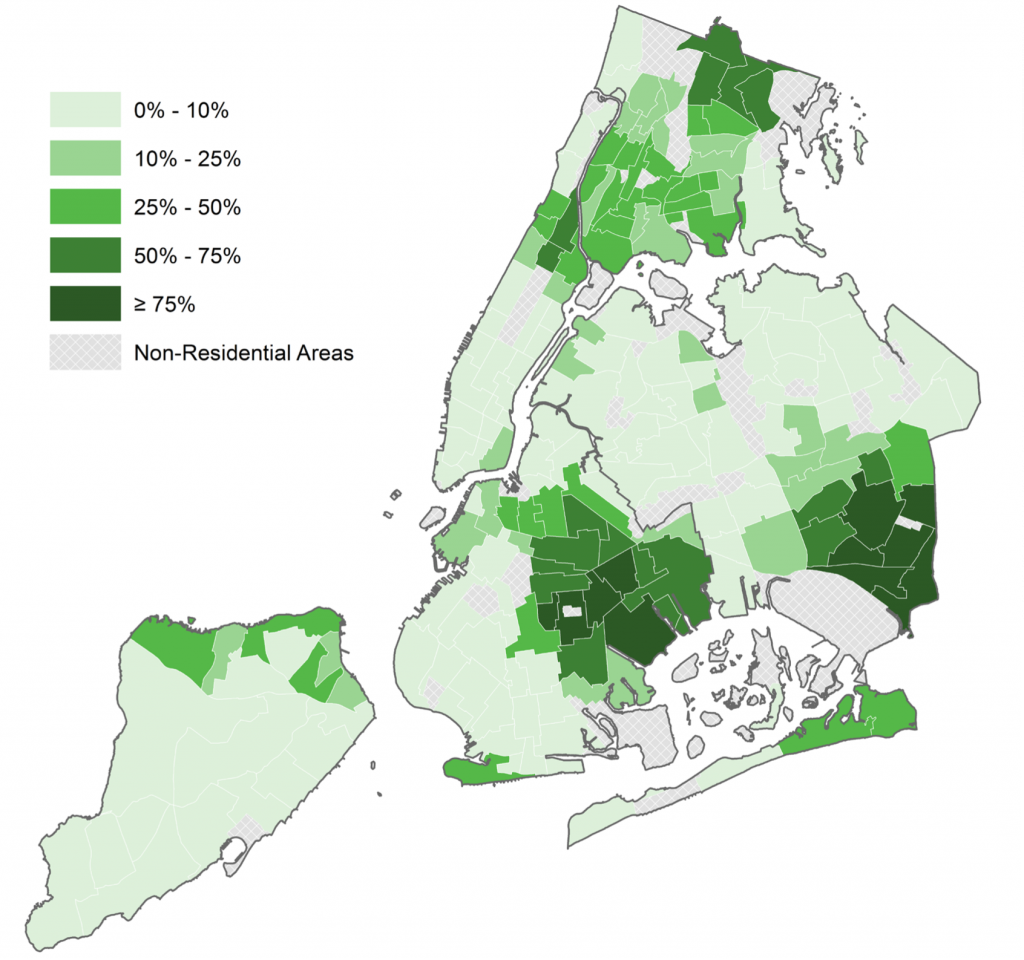
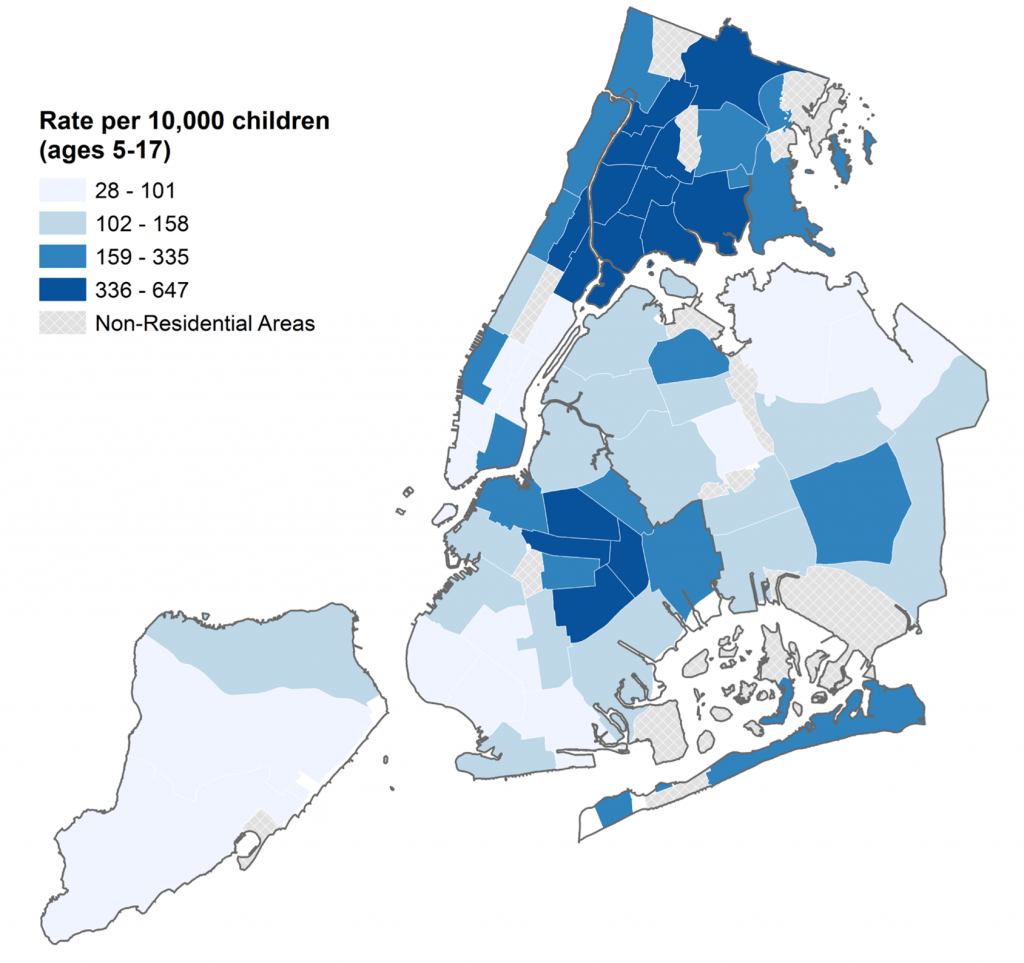

Image: Maps demonstrating the correlation between the percentage of Black residents, rates of asthma, and incarceration rates in New York City Neighborhoods. Source: Where We Live NYC, City of New York (2020) https://www1.nyc.gov/assets/hpd/downloads/pdfs/wwl-plan.pdf

RESOURCES
NAACP and Clean Air Task Force, Fumes Across the Fenceline, (2017).
Mapping Disadvantage: The Geography of Incarceration in New York State, the Prison Policy Initiative (2020).
Philip Rutledge et al., Addressing Community Concerns: How Environmental Justice Relates to Land Use Planning and Zoning, National Academy of Public Administration 192 (2003).
TRANSCRIPT
CREDITS
Production
Written, edited and produced by David Alexander, Keith Geddings, Bridgett McCoy and Eli Turner.
References
Complaint, White Hat v. Landry, 475 F. Supp. 3d 532, No. 3:19-cv-00322 (M.D. La. 2020).
Flores Forbes, Invisible Men: A Contemporary Slave Narrative in the Era of Mass Incarceration, (2016).
Richard Rothstein, The Color of Law: A Forgotten History of How Our Government Segregated America 53–55 (2017).
Oliver Laughland & Jamiles Lartey, First Slavery,Then a Chemical Plant and Cancer Deaths: One Town’s Brutal History, The Guardian (May 6, 2019).
PEN America, Arresting Dissent: Legislative Restrictions on the Right to Protest 5, (May 2020).
Music
Courtesy of Free Music Archive
Additional support from Michelle Wilson

